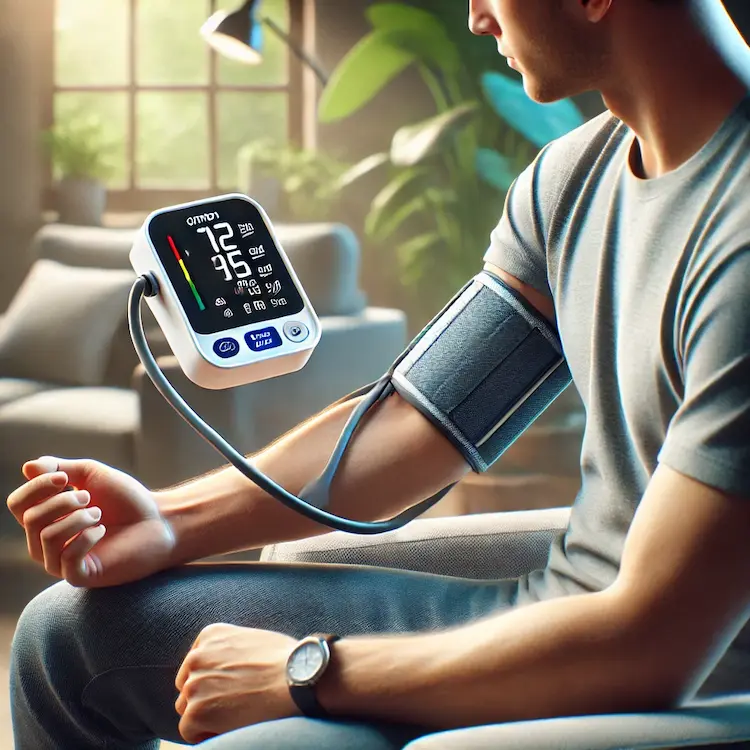Monitoring blood pressure at home has become essential for many individuals, especially those managing hypertension or cardiovascular conditions. Among the most reliable brands in this space, Omron is a well-known leader in digital blood pressure monitors. Two of their most popular entry-level models, the Omron M2 and Omron RS2, are widely used for home monitoring.
Choosing between these two models can be challenging, especially for first-time buyers. This article provides a detailed comparison of the Omron M2 and Omron RS2, analyzing their features, accuracy, ease of use, and suitability for different users. We’ll also explore their health benefits, societal impact, and expert recommendations to help you make an informed decision.
Regular blood pressure monitoring is essential for:
Both the Omron M2 and RS2 cater to individuals looking for an easy-to-use, clinically validated monitor. However, their differences can impact which model is the best choice for you.

| Feature | Omron M2 (Upper Arm) | Omron RS2 (Wrist) |
|---|---|---|
| Cuff Position | Upper Arm | Wrist |
| Cuff Size | 22-32 cm | 13.5-21.5 cm |
| Memory | 30 readings | 30 readings |
| Accuracy | High (clinically validated) | Slightly lower due to wrist placement |
| Hypertension Indicator | Yes | Yes |
| Irregular Heartbeat Detection | Yes | Yes |
| Power | Batteries or AC adapter | Batteries only |
| Portability | Less portable | Highly portable |
| Ease of Use | Moderate | Easy |
| Recommended for | Elderly, those needing precise readings |

The Omron M2 is the better choice for those who prioritize accuracy and reliability, particularly older adults and people with existing health conditions. However, the Omron RS2 is a great alternative for individuals who need a portable and easy-to-use device.
Ultimately, your choice depends on your lifestyle, health needs, and preference for upper arm vs. wrist placement.